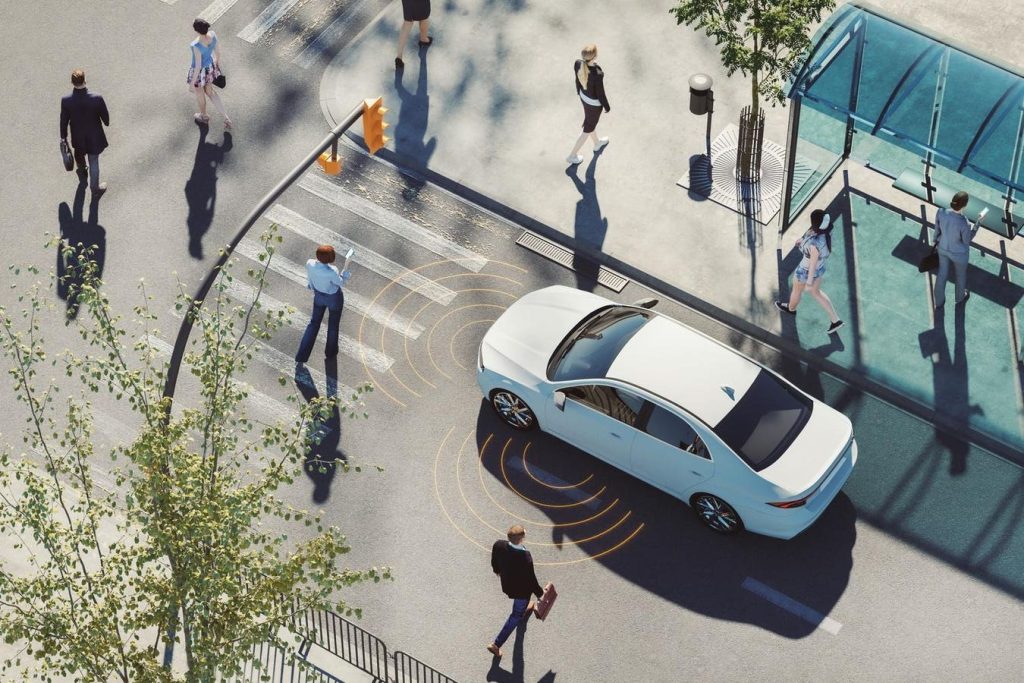Several recent news articles have highlighted a study claiming that electric vehicles (EVs) are more likely to hit pedestrians than traditional petrol vehicles. The study, published in the Journal of Epidemiology & Community Health, concluded that EVs, including hybrids and full electric vehicles, are three times more likely to harm pedestrians in urban areas. However, there are several issues with the study’s methodology and conclusions. The data used in the study dates back to 2017, a time when the EV market was still in its early stages in the UK. This raises questions about the relevance of the findings to the current EV landscape.
Furthermore, the study’s calculations for the number of casualties per 100,000 miles of travel are based on questionable data sources and methods. The study claims that EVs have traveled significantly more miles than internal combustion engine vehicles, despite the fact that EV sales were relatively low during the study period. This discrepancy casts doubt on the accuracy of the study’s conclusions and highlights the need for a more thorough examination of the data.
The study also makes assumptions about the demographics of EV buyers, suggesting that young people are more likely to purchase EVs and drive less safely than older individuals. However, the study fails to take into account the changing demographics of the EV market and the advancements in EV technology, such as Advanced Driver-Assistance Systems (ADAS) and Acoustic Vehicle Alerting Systems (AVAS), that have been implemented to improve pedestrian safety.
While the study calls for mitigation measures to make EVs safer for pedestrians, it fails to acknowledge the existing regulations and technologies that address this issue. For example, all EVs in Europe have been required to emit sound at low speeds since 2019, and many modern EVs are equipped with pedestrian detection and avoidance systems. Additionally, the study’s reliance on outdated data and questionable assumptions further undermine the validity of its conclusions.
The journalists who reported on this study without conducting a thorough analysis of the data have been criticized for contributing to the spread of misinformation and biased narratives against EVs. There are concerns that some journalists may have been instructed by their editors to produce anti-EV stories to generate more traffic. Moving forward, there is a call for more responsible and critical journalism when reporting on scientific studies, especially ones that have the potential to shape public perception and policy decisions. It is crucial for journalists to scrutinize research findings and not simply accept them at face value, particularly when they have significant implications for a rapidly evolving industry like electric vehicles.


